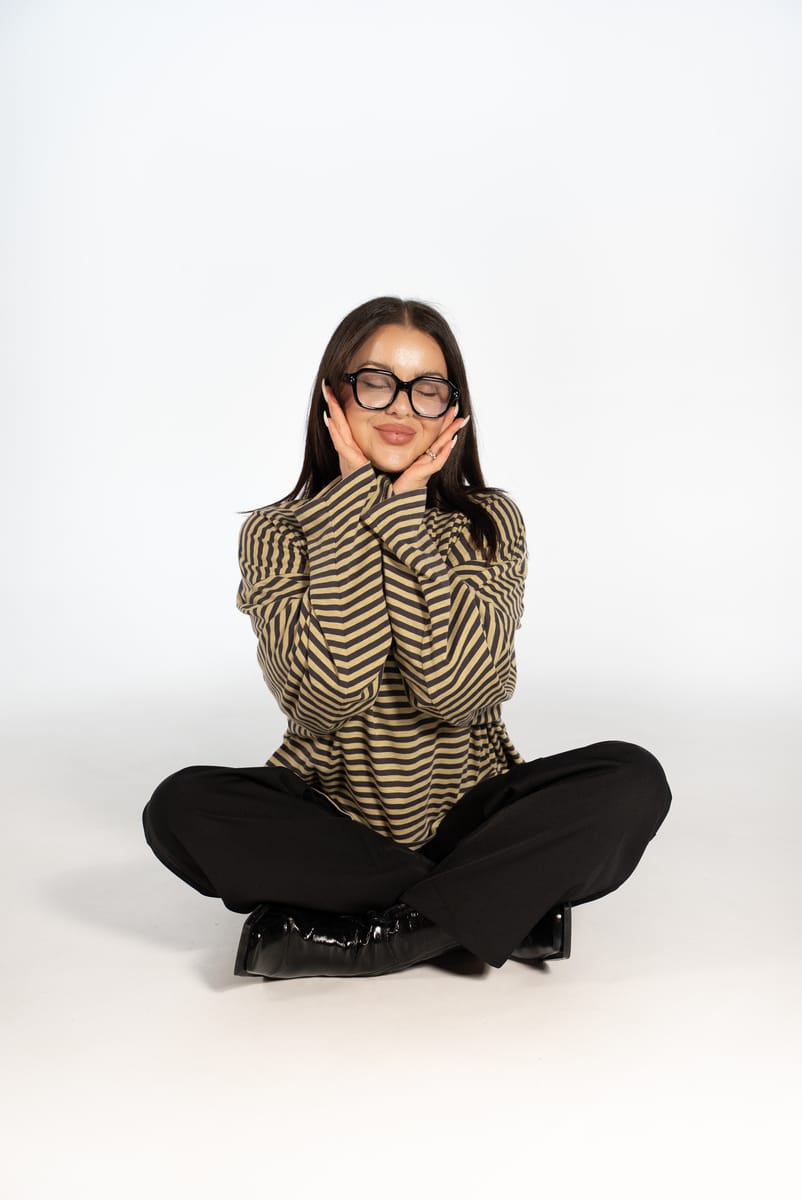
Mascots may seem outdated, but they remain powerful brand influencers, humanising otherwise faceless brands. In fact, campaigns that include a mascot are 37% more likely to increase market share than those without one.
Despite the majority being undeniably creepy (yes, I’m looking at you, Ronald), historically, mascots have helped many brands become icons. And the most successful mascots go on to be the face that defines that company for decades.
But let’s face it. Even the term ‘mascot’ feels kind of outdated.
I mean, I would be absolutely floored to see a giant Kool-Aid Man walking around at Cannes Lions. It just seems archaic, like the time for overheated, underpaid, weirdly silent people in costumes has come and gone.
But does that mean there’s no place for mascots in modern marketing?
Absolutely there is.
When you think about it, mascots are the OG brand influencers.
And when I say OG, I mean as original as you can get. The Michelin Man came to life in 1898, meaning he’s most likely older than your great-grandparents.
Mascots still move the marketing needle like almost nothing else. Only 4% of ads use them, but campaigns that include a mascot are 37% more likely to increase market share than those without.
While your brand tells the story, your mascot brings it to life. It adds personality and emotion to your marketing efforts. And it creates character-driven narratives that resonate on a deep level.
Think about your childhood mascot favourites--Tony the Tiger, Mickey Mouse, Mario.
They’ve given the brands behind them the power to remain front of mind for years.
And they've allowed these brands to thrive where others have fallen.
From Santa to Sanders, the role of mascots may have changed, but their value remains the same. And like low-rise jeans, and giant hoops, I think it’s time for mascots to make a comeback.
By the way, brand mascots aren’t as stuck in the past as you may think. They’ve just evolved and adapted to the modern era. These characters are no longer limited to packaging and traditional advertising. They’re a key element to digital branding strategies.
With the rise of social media, cartoon mascots have found a new home on these platforms. They're not only the face of a brand, but a representation of its personality that fans can interact with. Through creative content like animation and memes, mascots can express emotions and represent a brand’s image in a personable way.
Think of Duo, Duolingo’s mascot, who comes in the form of a fuzzy green owl.
Sounds super cute, right? Not quite. Duo is known for its unhinged behaviour – like claiming to have the Teletubbies in its basement and threatening users to keep them on the app. And everybody LOVES it.
The Duolingo TikTok account has over 12 million followers. And my guess it’s not because they simply love the app. It’s because they want to watch Duo be an insane little freak.
Or what about Martin the GEICO Gecko?
He’s one of the best examples of a successful modern brand mascot, embracing trends and technologies. And he’s got a sick British accent.
When it comes to creating an exciting brand image, insurance companies have their work cut out for them. But Martin does a spectacular job at being the brash and brazen face of GEICO.
X (formerly known as Twitter) is where he mostly resides. Martin loves tapping into pop-culture and engaging the audience with (very random) Q+As.
But if you're thinking a mascot might work well for your brand, here's what you need to know:
Your mascot needs to be central to your entire company’s branding and marketing efforts, especially if you’re using them on packaging designs, or as the face of a franchise. So, and I hope this goes without saying, don’t make it something you can’t put in certain places.
Make sure it’s APPROPRIATE and RESPECTFUL and doesn’t OFFEND anyone.
Okay now that’s out of the way, a modern-day mascot should also be recognisable, memorable and original.
Don’t make it an adaptation of another brand – that will make you look silly. For a mascot to be memorable, your character needs to be applicable across all channels and platforms. If it looks different in print than it does on your TikTok, you will confuse your audience, and, again, look silly.
Honestly, I just think it’s vibes to have a cool little fella that’s like your fictional brand ambassador.
But beyond my illogical reasoning, mascots humanise faceless corporations. They’re the protagonists in your brand’s narrative. They stick in the mind of your consumers for long periods of time, making your brand more memorable.
And let’s be real, none of those things are going to hurt your business, now are they?
-Sophie, Writer
